The dreaded diesel bug caused us problems during a passage between Ibiza and Mallorca.
Sailing From Ibiza to Mallorca
The alarm trilled at 5:45am, rudely awakening me from one of the best sleeps I’d had in a long time. Dawn was just breaking, a line of rosy pink dusting the horizon and as we pulled the anchor and set to the north east, the sun appeared right on the bow.
The early start was worth it; within minutes of leaving, the engine was off, all sails set, Emerald managing an impressive 6kts even with her barnacled hull. We kept it up until mid morning, when the wind began to die away.
We’d wanted to sail to at least halfway, so slowly drifted along at 2 to 3kts. When we dropped down to 1.5kt with an ETA in Santa Ponça of midnight, we reckoned we’d done enough. We’d achieved our target: 27nm sailed out of 49nm.

The Diesel Bug Strikes!
We furled away the foresails and turned the engine on. Perhaps it was time for an afternoon nap. However, as I laid my head down, Emerald began to shudder beneath us. I was right next to the engine controls, so as Colin dashed below, I switched the engine off.
Colin suspected fuel starvation. Fortunately, we have a Racor duel fuel filter system and two diesel tanks. If one side develops a problem, such as a blockage, we turn a couple of levers and switch to the alternative side. We’d never had to use it in anger before. But now it came into its own, saving us from being stuck at sea with no wind and no working engine.
Within a few minutes, the engine was back up and running. Although our hearts leapt every time there was a slight engine note change as Emerald rode over a swell. We were relieved to arrive in Santa Ponca as at any moment the diesel bug could have blocked the fuel lines again.
Santa Ponça
We had returned to Santa Ponça on the same date we’d arrived there on our way in to the Med exactly 6 years ago. Back then we’d been traveling with several friend boats. Subsequently, Santa Ponça became a place of catch-ups, live music, and friendly World Cup football rivalry.
The town falls into touristy rather than Spanish style without being as brash as it’s more famous neighbour, Magaluf. It makes a good base for restocking and for visiting the island’s capital, Palma.

The anchorage was far less crowded this time, the effects of Covid19 on visitor numbers resulting in a much quieter place. Some bars and restaurants were open, however on “music street” the lively home of several Irish and live music bars, everything was silent and closed.
Sadly, the Nit de Foc celebrations which we’d experienced last time, were cancelled and the beach cordoned off, as in much of Spain, for safety reasons.
It was a week of fixing things and catching up on chores; cleaning, and restocking the stores. However, we also find time for fun including a musical evening with sailing friends. I also found some underwater fun, snorkelling along the jagged edges of Cala d’en Pellicer, on the south side of the bay. The cala is buoyed off for swimming and there was a surprising number of fish despite the presence of wiggling legs. A fish even had a nibble on my toe as I stood on the bottom. I let out an involuntary yelp with much arm flapping but nobody seemed to notice. I hope!
Fixing Things
Before we moved on anywhere else, we had two important items to fix on Emerald:
- firstly, we had to resolve the problem with one side of our fuel system. We couldn’t take the risk of a blockage forming due to diesel bug in the other half which would leave us without a working engine.
- secondly, was to stop the drip of water seeping in around our rudder tube and gland.
Both would be dirty jobs, in confined spaces. The hard side of life aboard a sail boat!
Clearing the Fuel Blockage
Firstly, Colin had to clear access to the top of the fuel line pickup in the starboard tank. The boat was built around the tank, so this is not an easy job. In the small gap between top of tank and underside of deck, Colin managed to remove the valve. It was coated in black diesel bug.
What is diesel bug? There is a bacteria that lives in the interface between water and diesel. It lives on the organic elements in biodiesel and ejects as waste, a black, gum-like substance that can block fuel systems. Ideally, we try to keep water out of the diesel. However, condensation can form in the tanks, especially when left over the winter, even with them kept as full as possible. Fuel conditioners can be used to manage the diesel and limit the growth of the bacteria. We therefore routinely treat with a conditioner on every fill. However, we’ve been using the same brand for a while now and it’s possible our particular bacteria has evolved some immunity. Our port tank had an issue last year, now the starboard tank was under attack.
Chasing the Blockage
Once the valve was clean, we could then move on to the pickup line. This sucks up fuel from the bottom of the tank. We fed in one end of our dinghy pump and pushed down on the pump. I pumped whilst Colin held the nozzle into the top of the pickup. The first couple of attempts resulted in the nozzle blowing off at one end or the other because the pressurised air had nowhere else to go. On the third go, there was an infinitesimal change in pressure. Then suddenly the pump handle dropped down under the push of my hands. We could also hear air bubbling through the tank. A few more goes and we were happy to try running fuel through again.
Next, we ran our fuel cleaning/circulation system. This runs diesel through the primary fuel filter and back into the tank bypassing the engine. It ran for a few seconds, then blocked again.

We repeated blowing air through and cleared the pickup line again. We ran the fuel circulator again, but with the same result, it blocked again within a few seconds. Clearly, this was not a sustainable method of clearing the pipes. Diesel floats on water, so any water and the bug would be at the bottom of the tank, right where the pickup takes fuel from.
The Tank Drain
The next thing to try was the drain. A small drain valve with a pipe attached sits just above the bottom of the tank. We fed the pipe into a bottle and opened the valve. Watery liquid flowed out along with some black lumps. Eventually, clear diesel ran freely and we felt some optimism.
This time when we ran the fuel circulator, it ran smoothly. We left it running for some time until we felt confident that the filter had captured any remaining goo.
Next was to replace the filter and clean the housing. The amount of slimy crud that came out was truly disgusting but at least it showed the filter had done a good job. With a new filter in, we ran the fuel circulator again. After half an hour, the fuel in the filter bowl remained clean.
There was one final task: to treat the fuel with a new conditioner. Cue a day trip to the chandler stores just outside the town.
Rudder Shaft and Gland
The rudder shaft turns the rudder via a steering quadrant and the helm. It enters the boat via a tube in the hull under the aft cabin bed. A gland seals the tube. Colin had noticed water gathering in the bilge and had traced it to the stern of the boat. Having eliminated the propeller shaft as the source, the only other place it could be coming from back there was the rudder.
We disassembled the bed and lifted the base to get access. Shining a torch on the tube, we could see a bead of water gleaming back at us. Any hole in the hull needs something to keep the water out, and in the rudder gland’s case we use Teflon coated packing stuffed into the space bulked out with grease. Over time, as the rudder turns, the grease is eventually forced out leaving tiny gaps through which the water can then seep.

On our last lift out we installed a remote greaser. This allows us to force new grease into the wadding without removing the top cup. The top cap screws off and grease can be forced in via it. But to access it, we’d have to remove our steering quadrant and autopilot arm. The remote greaser makes this job much simpler and far less dirty.
With grease squeezed in, we gave the helm a few full rotations from one side to the other to turn the rudder and spread the grease around. We checked again for water and saw none. Another important maintenance job complete.
Sailing Info
Punta Grossa, Ibiza to Santa Ponça: 49nm travelled (27nm sailed)
Weather: dry and warm, wind SE F4 gusting F5 for a short time, reducing to S F2 into the afternoon.
Anchored in sand, 4.5m in position 39 30.885’N 2 28.333’E We could see some small patches of weed around us.
The town is a good place for restocking stores. There are several places to leave a tender whilst ashore.

The Social Media Bit: Want to Follow Us?
If you’d like to follow us on other social media platforms (Facebook, Instagram and YouTube), you can do so by using these links:
Or use the link below to track our voyage on NoForeignLand.com.
And finally, you can sign up to receive email notifications of new blogs using the subscribe box at the bottom of this page.
Thank you from Nichola & Colin
We’ve also been listed on Feedspot in their “Top 75 Sailing Blogs and Websites“. Take a look for more blogs to follow.


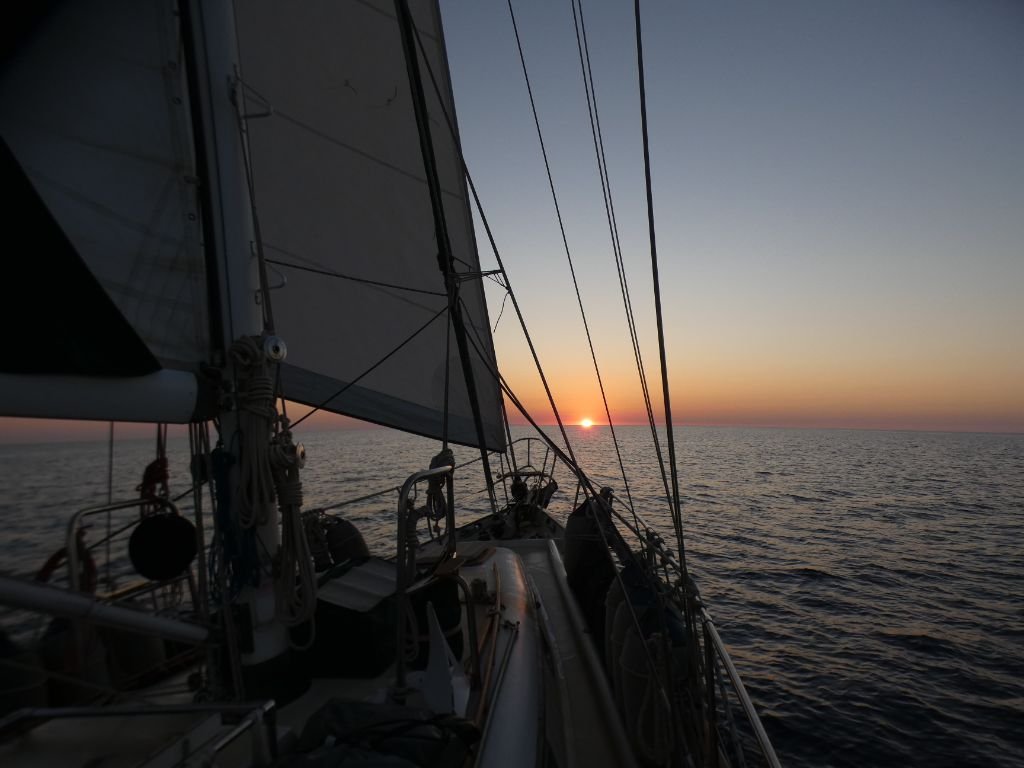
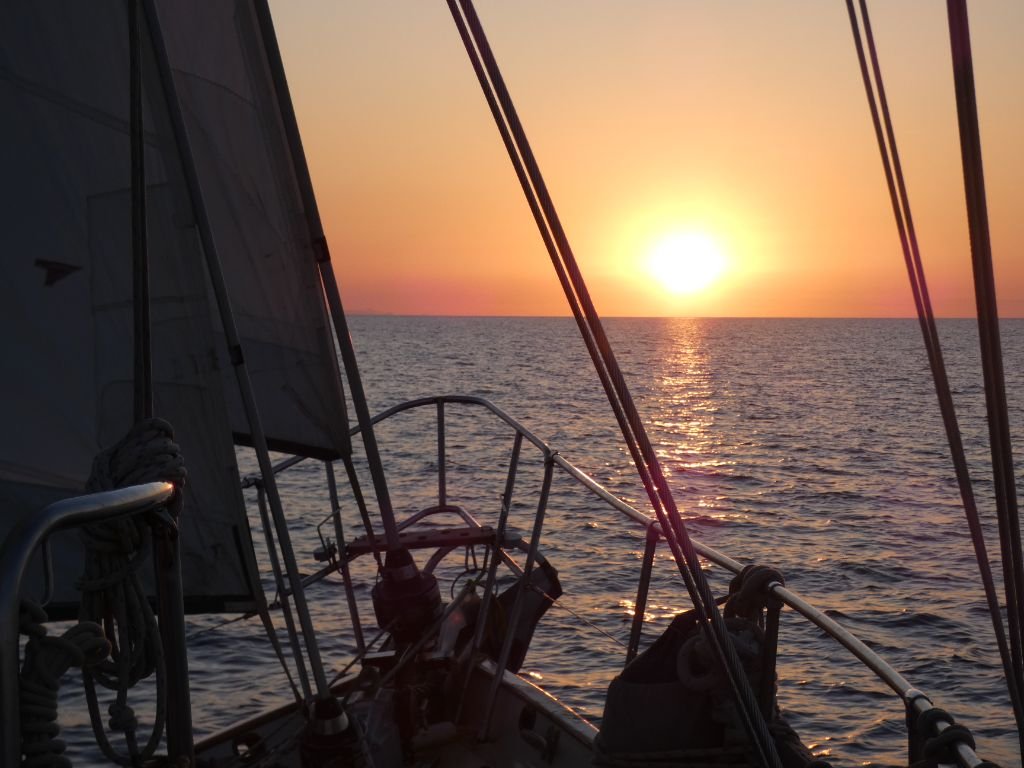
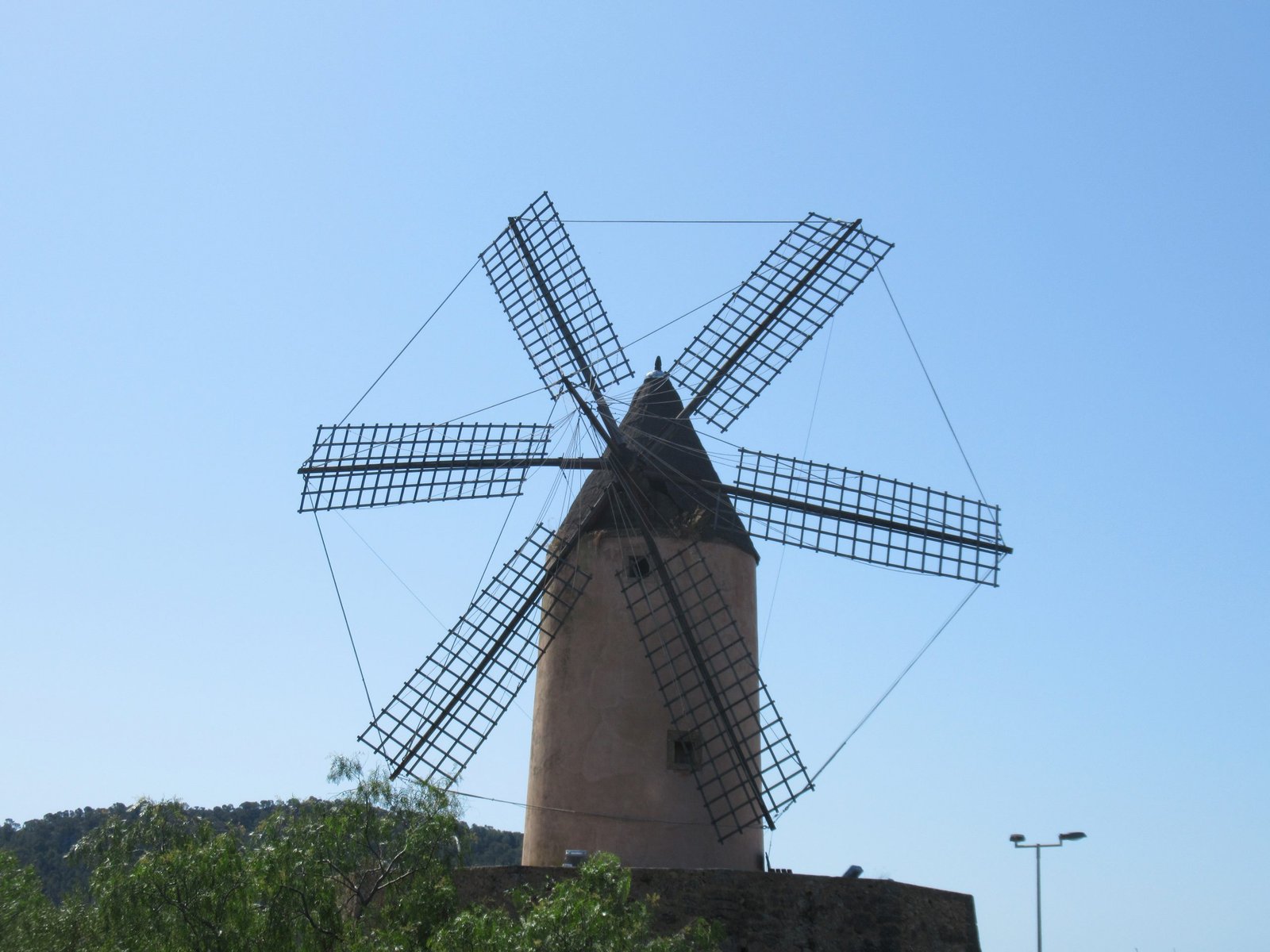
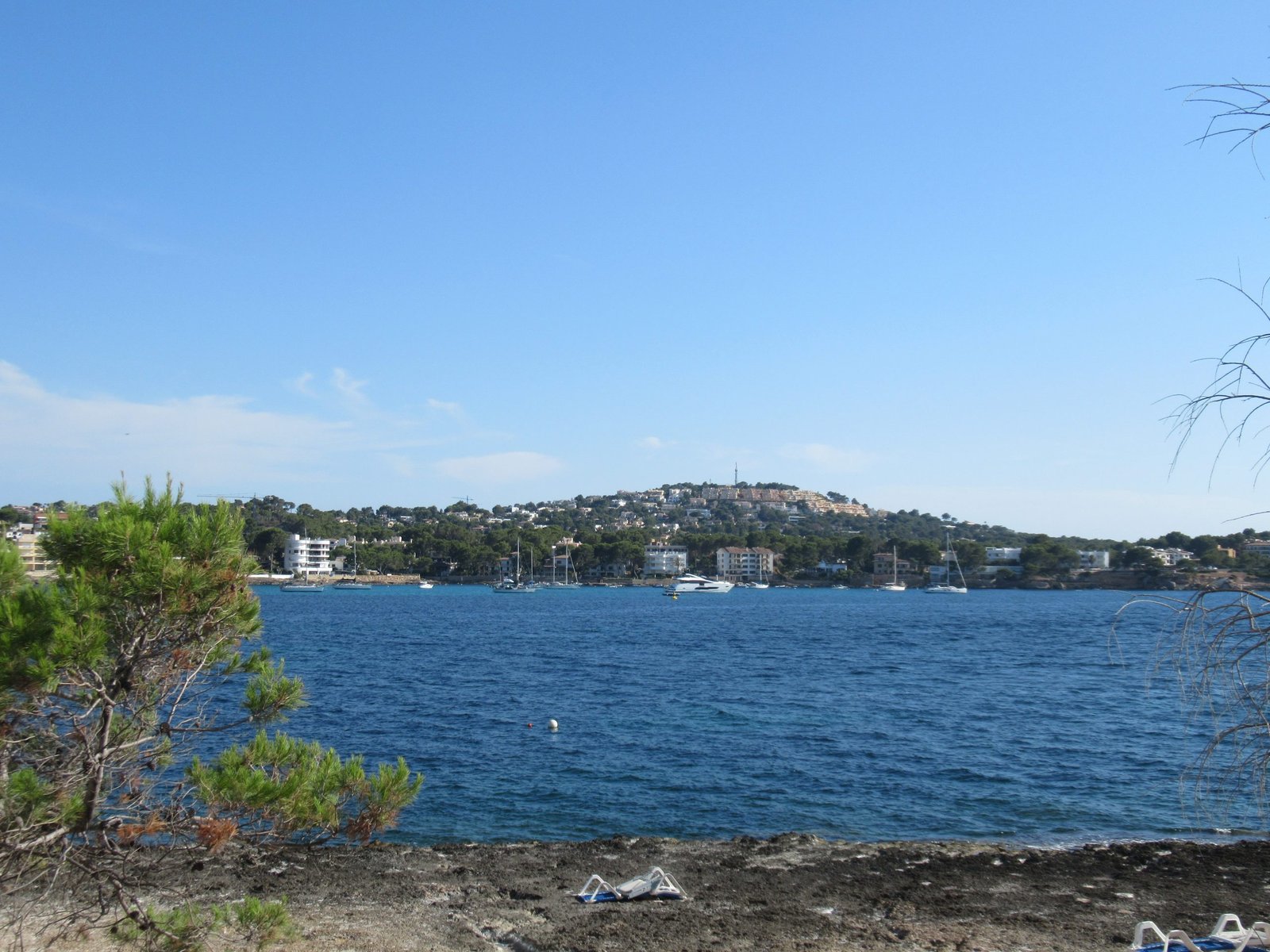
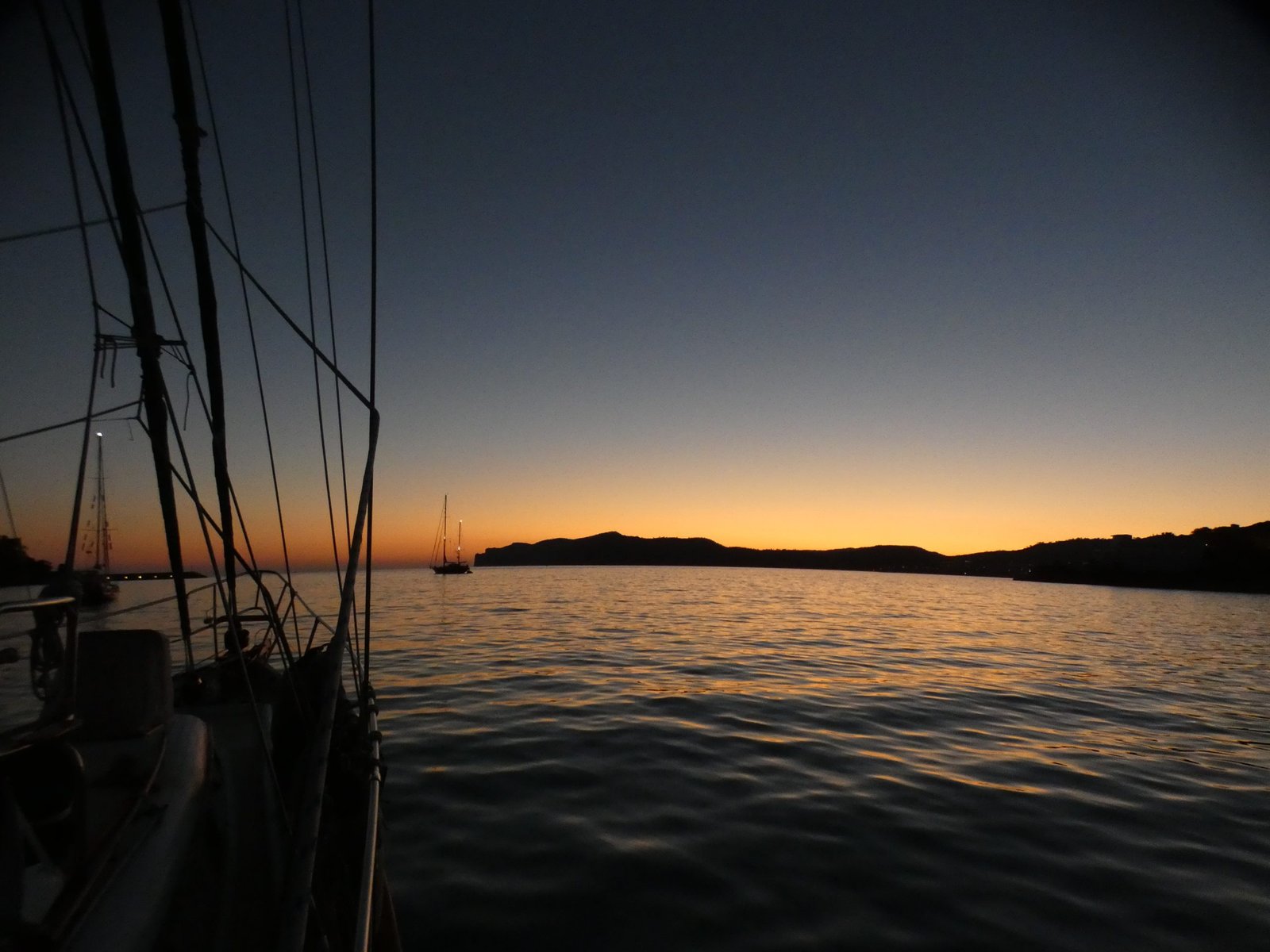

Sounds like a couple of great maintenance projects done. We have the same set up with 2 tanks and ravie filtering system- it has saved us in the past as well. Glad all worked out well and you have been getting in some sailing as well as you continue your adventures. Really enjoy your writing style as well as details that help with feeling that we are along for the ride!
Sounds like a couple of great maintenance projects done. We have the same set up with 2 tanks and ravie filtering system- it has saved us in the past as well. Glad all worked out well and you have been getting in some sailing as well as you continue your adventures. Really enjoy your writing style as well as details that help with feeling that we are along for the ride!
Thank you, it’s so good to receive a comment. We were very glad to have fitted the dual filter system, it was expensive but really saved us that day. One of those things like a liferaft, that you hope never to have to use, but when you have to, it’s worth it!